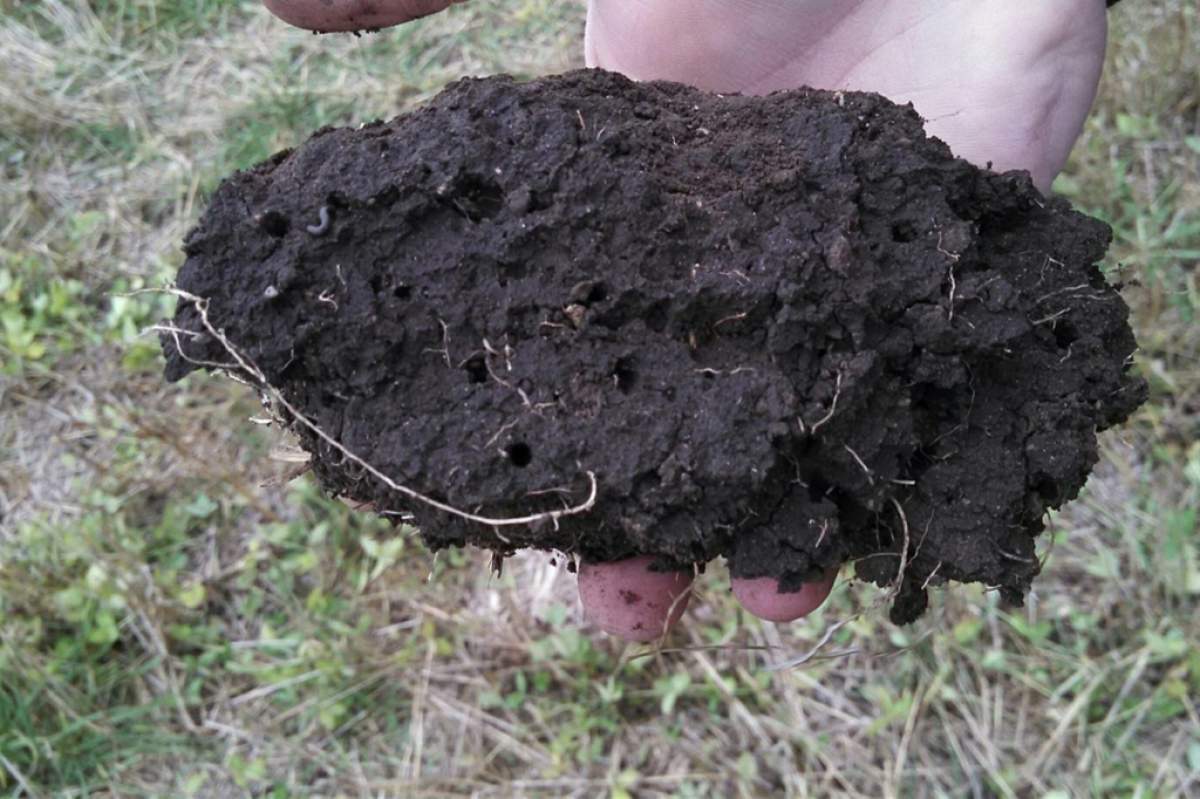
Perennials are long-term residents of a garden, so soil preparation is especially important when a gardener prepares perennial beds and borders.
Originally, a border was a bed of flowers that lined walks, walls, lawns, or hedges, such as those that originated in English gardens during the 19th century. They were the idea of William Robinson who used them instead of the ornate geometric beds that were popular prior to his time to create formal European gardens. Robinson introduced long beds with straight sides and a variety of flowering plants, including natives such as wild daisies and columbine for a more natural effect.
Beds like these need to be well dug initially to loosen the soil and then amended with compost or other organic material to promote good drainage. Remember that the structure of the soil controls not only drainage but also moisture retention. Heavy clay soil can become compacted and restrict absorption of nutrients, and light sandy soil causes nutrients to drain away too quickly for roots to absorb them.
Perennials, unlike lawns, do not need much nitrogen but they do need phosphorus to build strong roots and stems for plants to bloom and potassium for plants to resist cold temperatures and diseases. A good commercial fertilizer for perennials is 0-20-20, 3-4 pounds dug in well per 100 square feet. Also, rake leaves onto the beds in the fall to provide natural fertilizer.









